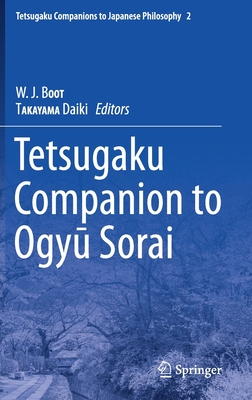Convergence to Very Low Fertility in East Asia: Processes, Causes, and Implications
暫譯: 東亞極低生育率的趨同:過程、原因與影響
Tsuya, Noriko O., Choe, Minja Kim, Wang, Feng
- 出版商: Springer
- 出版日期: 2019-04-04
- 售價: $2,970
- 貴賓價: 9.5 折 $2,822
- 語言: 英文
- 頁數: 66
- 裝訂: Quality Paper - also called trade paper
- ISBN: 4431557806
- ISBN-13: 9784431557807
-
相關分類:
經濟學 Economy
海外代購書籍(需單獨結帳)
相關主題
商品描述
This book examines the trends, underlying factors, and policy implications of fertility declines in three East Asian countries: Japan, South Korea, and China. In contrast to Western countries that have also experienced fertility declines to below-replacement levels, fertility decline in these East Asian countries is most notable in its rapidity and sheer magnitude. After a rapid decline shortly after the war, in which fertility was halved in one decade from 4.5 children per woman in 1947 to 2.1 in 1957, Japan's fertility started to decline to below-replacement levels in the mid-1970s, reaching 1.3 per woman in the early 2000s. Korea experienced one of the most spectacular declines ever recorded, with fertility falling continuously from very high (6.0 per woman) to a below-replacement level (1.6 per woman) between the early 1960s and mid-1980s, reaching 1.1 per woman in 2005. Similarly, after a dramatic decline from very high to low levels in one decade from the early 1970s to early 1980s, China's fertility reached around 1.5 per woman by 2005. Despite differences in timing, tempo, and scale of fertility declines, dramatic fertility reductions have resulted in extremely rapid population aging and foreshadow a long-term population decline in all three countries. This monograph provides a systematic comparison of fertility transitions in these East Asian countries and discusses the economic, social, and cultural factors that may account for their similarities and differences. After an overview of cultural backgrounds, economic transformations, and the evolution of policies, the trends and age patterns of fertility are examined. The authors then investigate changes in women's marriage and childbearing within marriage, the two major direct determinants of fertility, followed by an analysis of the social and economic factors underlying fertility and nuptiality changes, such as education, women's employment, and gender relations at home.
商品描述(中文翻譯)
本書探討了三個東亞國家(日本、南韓和中國)生育率下降的趨勢、潛在因素及政策影響。與西方國家相比,這些東亞國家的生育率下降最顯著的特點在於其迅速性和規模。在戰後不久的十年間,日本的生育率從1947年的每位女性4.5個孩子迅速減半至1957年的2.1,隨後在1970年代中期開始下降至更低於更替水平,至2000年代初達到每位女性1.3。南韓的生育率經歷了有史以來最驚人的下降,從1960年代初的非常高(每位女性6.0個孩子)持續下降至1980年代中期的低於更替水平(每位女性1.6個孩子),在2005年達到每位女性1.1。類似地,中國的生育率在1970年代初至1980年代初的十年間從非常高的水平驟降至低水平,至2005年達到每位女性約1.5。儘管生育率下降的時間、速度和規模存在差異,但劇烈的生育率降低導致了極其迅速的人口老化,並預示著這三個國家將面臨長期的人口下降。本專著系統性地比較了這些東亞國家的生育轉變,並討論了可能解釋其相似性和差異性的經濟、社會和文化因素。在概述文化背景、經濟轉型和政策演變後,接著檢視生育的趨勢和年齡模式。作者隨後調查了女性婚姻和婚內生育的變化,這是生育的兩個主要直接決定因素,然後分析了影響生育和婚姻變化的社會和經濟因素,如教育、女性就業和家庭中的性別關係。











